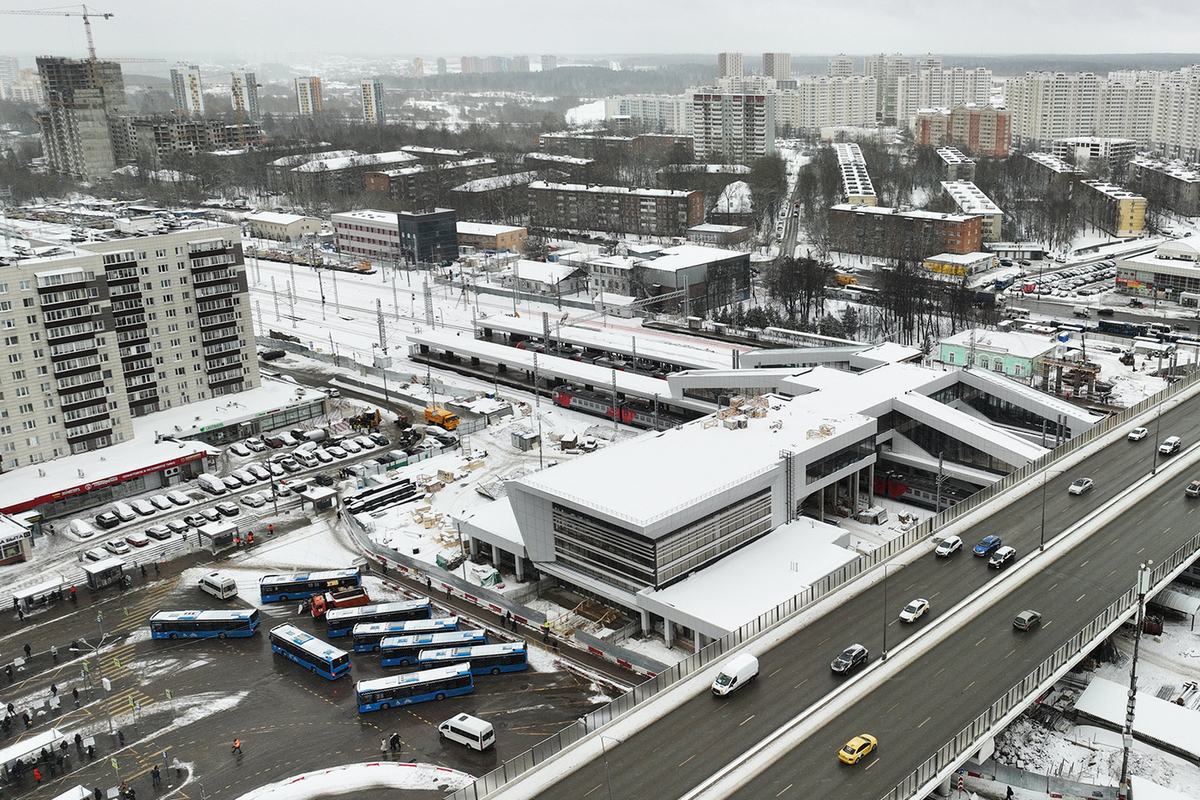Moscow districts with the maximum reduction in the cost of new buildings are named
[ad_1]

Seven out of ten territories are located within the Moscow Ring Road
Prices for new buildings in Zelenograd have fallen by almost a third over the year. In second place by a wide margin is Sokolniki: minus 7%, in third is Filevsky Park: minus 6.5%. Experts told MK in which areas of Moscow within the old boundaries the average price per square meter in new buildings in the mass segment fell the most over the year and why.
The maximum reduction in the cost of apartments was noted in the Zelenograd administrative district, namely in Stary Kryukov, by 30%. The average cost per square meter in new buildings in this area is 213.4 thousand rubles (a year ago – 305 thousand).
– This is due to the fact that in January a residential complex with a low price per square meter went on sale in Stary Kryukov, and with the exception of this project, in the most remote district of old Moscow, only one apartment complex can be purchased. Therefore, due to the small volume of supply, any changes are very noticeable,” says Irina Dobrokhotova, founder of BEST-Novostroy, managing partner of bnMAP.pro.
In Sokolniki, the average price per square meter in new buildings in the mass segment decreased by 6.6% – from 397 thousand rubles a year ago to 371 thousand. There is only one residential complex for sale.
In third place in terms of price reduction per square meter in new buildings in the mass segment is the Filevsky Park district. Just like in Sokolniki, there is only one comfort-class complex on sale here, where the average price per square meter has decreased from 414 thousand to 387 thousand rubles.
Basically, the decrease in the price of a meter in new buildings is due to either a change in the supply structure – when new, cheaper projects are included, or a change in pricing in existing projects. In addition, the price of new buildings in the mass segment is changing rapidly in those areas where a larger volume of supply is represented in more expensive residential complexes.
In Otradnoye, a square meter fell over the year from 337 thousand to 317 thousand, in Mitino – from 267 to 256 thousand. Northern Medvedkovo fell in price from 315 thousand to 308, the Yuzhnoportovy district – from 384 to 376. Apartments in new buildings in the Golovinsky district can be bought not for 378 thousand rubles per square meter, as a year ago, but for 371 thousand, in Chertanovo Central – not for 362 thousand, and for 356. Housing in Northern Tushino “sank” from 248 thousand per square meter to 244, in Golyanov – from 338 to 333 thousand, in Solntsevo – from 354 to 349 thousand, in Kuntsevo – from 389 to 384 thousand, in Lefortovo – from 430 to 426 thousand rubles.
The list of areas with a decrease in the average price per meter may change at any time, the expert comments. For example, if there is a small supply in the area, and a more budget-friendly number of apartments go on sale, the average price will decrease. So you need to keep an eye on the release of new projects, buildings and new pools of apartments.
– Irina, what is your forecast for prices for the coming months?
– At the end of January, for the first time in a long time, there was a decrease in the average price per square meter of new buildings in Moscow (taking into account all classes and all types). However, it is too early to talk about what will happen next: the market is tightly tied to the key rate and mortgage rates. At the last meeting of the Central Bank, the rate remained unchanged at 16%. Authorities are cautiously saying it could go down in the second half of the year. Until then, mortgage rates excluding preferential rates will remain high in both the primary and secondary markets. This, of course, does not contribute to the growth of demand. In the secondary market, sellers will have to work with the price: in the near future it is unlikely that there will be an explosive growth in demand on the secondary market, so they need to fight for the buyer. As for the primary market, preferential mortgages are still in effect, which are still of interest to buyers.
[ad_2]
Source link






